In his absorbing book, The Rise and Fall of the Third Reich, William Shirer made sure to point out on numerous occasions how Hitler’s 1925 book, Mein Kampf, or “My Struggle” (it was really more of a “manifesto”) laid out the agenda the future Führer would pursue once in power. Hitler’s book was first published seven years after Germany signed the armistice ending the conflict of World War I and subsequently, the Treaty of Versailles acknowledging their responsibility. (There were two volumes of Mein Kampf published; 1925 and 1926 for a total of 720 pages.)
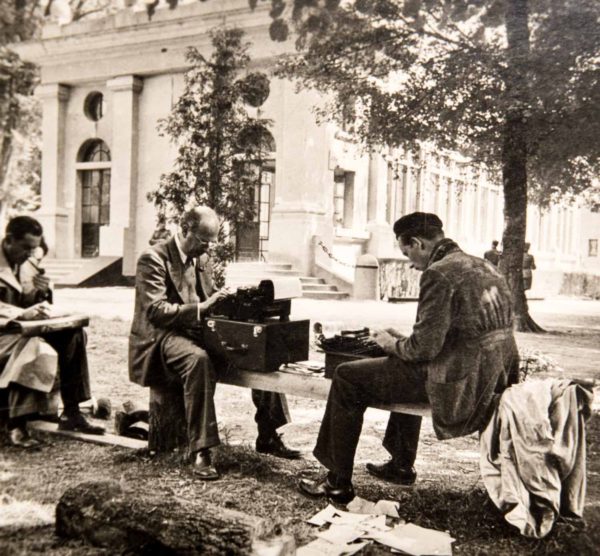
The Treaty of Versailles forced Germany to disarm, give up thirteen percent of its European territory, lose all its colonial possessions, and subjected the country to onerous financial reparations. Germans, including Hitler, were humiliated and at the same time, outraged. The Weimar Republic came into existence in 1919 and things went downhill from there. The book was written during a time when Germany was suffering from hyperinflation, political extremism, quarrelsome relations with its European neighbors, and within five years, a severe depression. It was a period when people began looking for a scapegoat for their problems and Hitler found a group of people who, for millennia, were forced to play this role: the Jews.
Did You Know?
Did you know there was one thing that Hitler and the Nazis feared more than Jews, Communists, or homosexuals? It was cancer. Well, the 1931 Nobel Prize winner for medicine was a German who was Jewish and openly gay. Otto Warburg (1883−1970), a biochemist, was nominated for a Nobel award forty-seven times during his career. He is remembered for his work on how cells metabolize food and sugar. He discovered that cancer cells eat up more glucose than other cells. Warburg believed the cause of cancer was faulty cell metabolism. As time went on, his theories were proven wrong, and Warburg announced his critics were idiots. The scientist was extremely vain and filled with self-conceit. When another scientist was asked to rank Warburg’s arrogance from one to ten, he took a moment and answered, “Twenty.”

The Nazis were so concerned about cancer that they encouraged women to have regular breast examinations, eliminated pesticides, got rid of artificial preservatives in food (could this be one of the reasons Hitler was a vegetarian?), and campaigned against smoking. (Hitler did not tolerate anyone smoking in his presence.) Warburg was well-known to Hitler and his senior officers. They left the scientist (and his partner) alone to continue his work in identifying causes of cancer, but he was often used by the Nazis for propaganda purposes. (“Good Jews” had it fine in Germany.) It is difficult to imagine why he stayed in Germany considering the harsh treatment of Jews after Hitler came to power. When asked, Warburg replied, it’s “easy to find a place for an ordinary person, but it is hard for a king to find a kingdom.”
Warburg may get the last laugh because recent studies are beginning to show his theories are correct.
Mein Kampf
Hitler blamed Germany’s post-war problems on the Jews. Even though other culprits were identified in the book (i.e., Weimar Republic, Social Democrats, and the Communists), they were all supposedly working for the Jews who Hitler believed were planning to control Germany and the world.
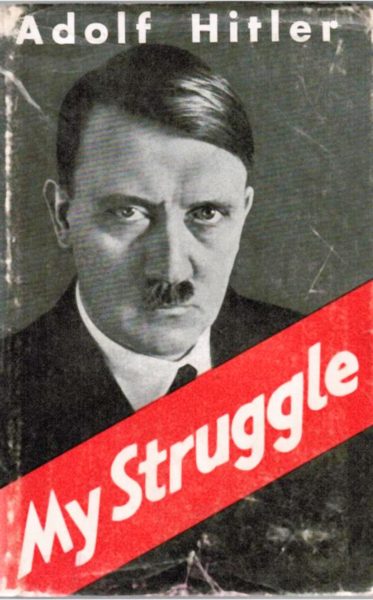
So, in two volumes, he laid out what ultimately became his political platform and unfortunately, as we know, Hitler and the Nazi party eventually implemented many of the book’s key philosophical points:
- German nationalism will only succeed if its international poisoners (i.e., Jews) are exterminated.
(The eventual establishment of the mobile killing groups, death through work policy, and the extermination camps.)
- Destroying the weak and sick would benefit the strong.
(Future implementation of euthanasia programs such as Aktion T4 and Aktion 14f13; refer to blog, Hitler’s Directives (click here to read.)
- Join Austria to the German Reich “by every means.”
(The Anschluss of Austria on 12 March 1938 created the political union of Austria and Nazi Germany.)
- The parliamentary system must be destroyed.
(Prelude to Germany’s descent into dictatorship.)
- The Lebensraum, or “Living space” policy was introduced. It focused on obtaining additional land in the east for the expansion of German settlements.
(The invasion of Poland on 1 September 1939.)
These are only five examples out of many goals outlined in Mein Kampf that portend the future of the Third Reich and its evil impact on the world.
Colonial Genocide
The title to our blog today is not in reference to my preamble (i.e., Mein Kampf)⏤although I suppose it could be. No, it refers to a four-year program of genocide conducted by the German Empire in its then colony, German South-West Africa (now Namibia). Indigenous tribes such as the Herero, Nama, and San began a rebellion against their colonial occupiers in January 1904. The first massacre occurred on 12 January when one hundred German men were killed in Okahandja. The Germans retaliated by defeating the Herero tribe and driving them into the desert in August. Several months later, the Nama tribe suffered the same fate. The Germans forced the tribes to stay in the desert and many of the Herero and Nama died of dehydration.
Click here to watch the video Germany’s Forgotten Genocide: The Early Atrocity that Provided a Blueprint for the Nazis.
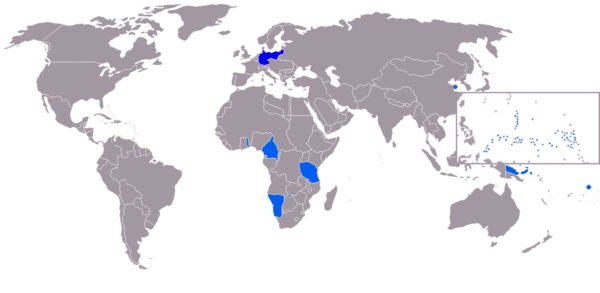

Under German colonial rule, natives were subjected to forced labor, women and girls were raped, their land was systematically confiscated and given to German settlers, and the tribes’ cattle was stolen. In 1894, Theodor Leutwein (1849−1921) was appointed governor of the territory and he called for the Schutztruppe (imperial colonial troops) to be deployed to the area to help settle the unrest between the tribes and the occupiers. In early 1903, during an attempted rape, a German shot and killed the wife of a tribal chief’s son. A trial was held but of course, he was acquitted. Leutwein called for another trial and the murderer was found guilty and imprisoned. In addition to the tensions mentioned earlier, Germans began to refer to the natives as “baboons” and it became quite clear that racial hatred was increasing. The Germans considered tribal members worthy only as long as they could benefit the settlors. This resulted in the unmistakable mistreatment of native women that the Germans called Verkafferung, or “Sale.” In other words, a native woman could be taken by a German man either by peace or force.
Click here to watch Germany to Return Human Remains From Namibian Genocide of Herero and Nama People.
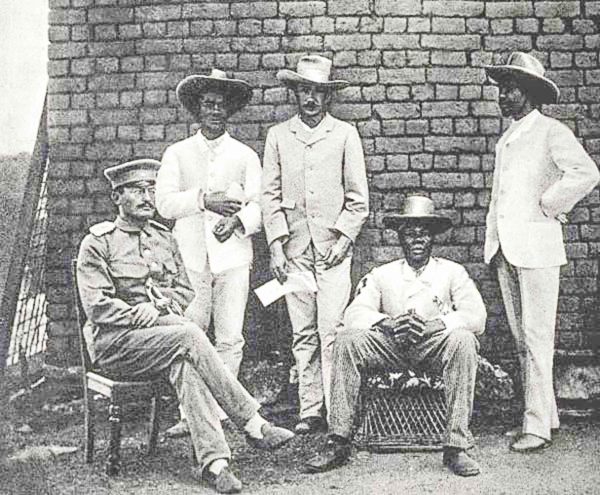
Further attacks on German forts and property were successful and left the tribesmen confident they could confront the German occupiers. Leutwein sent for reinforcements but ultimately wanted a peaceful resolution. Leutwein’s “passive” strategies did not sit well with Berlin and Kaiser Wilhelm II replaced him in May 1904 with the notorious Lieutenant-General Lothar von Trotha (1848−1920) and sent in an additional 14,000 soldiers. As the Oberbefehlshaber, or Supreme Commander Trotha wanted to squash all resistance using military force. (Trotha said, “… the Negro does not respect treaties but only brute force.”) By August 1904, the native rebellion reached its zenith at the Battle of Waterberg when five thousand Herero were surrounded and defeated. All captured men, women, and children were executed by Trotha’s troops. Others who escaped were hunted down and met the same fate. Leutwein later admitted that the Germans never took prisoners.
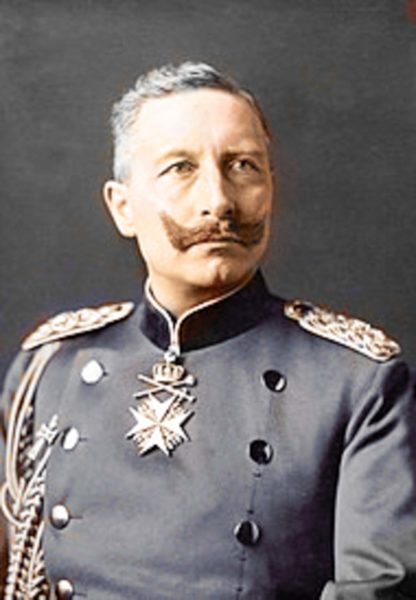
Throughout the rest of the year, Trotha ruthlessly pursued the remaining Herero tribe. He had the desert wells poisoned, ordered all men to be executed immediately, women and children were to be taken to the desert where they would likely die of starvation and dehydration, and young women were raped and left to die in the desert.
Kaiser Wilhelm II was heavily influenced by the Boxer Rebellion in China when his top diplomat, Baron Clemens von Ketteler (1853−1900), was assassinated by a Chinese Manchu captain. The Kaiser had no tolerance for native uprisings and gladly allowed his generals to deal with indigenous peoples in German colonies in a manner they deemed necessary. (As the troops left Germany for China, the Kaiser urged them to be “like the Huns and prisoners will not be taken.”) Berlin and the German general staff knew about the atrocities committed by Trotha and condoned the need for “racial struggle” and the elimination of the tribes.
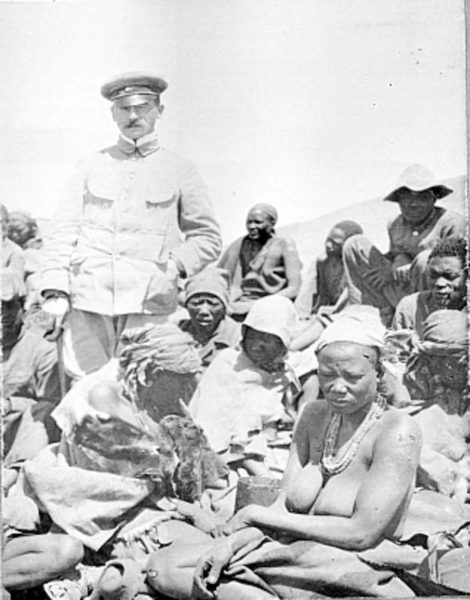
After the initial two rounds of genocide, the Germans began to herd and imprison any remaining tribal members into a heavily guarded camp known as Shark Island. For the African natives, it quickly became an extermination camp.
Shark Island
After the tribal defeats, the Germans set up five internment camps for “prisoners of war.” Established around the German colony, these camps became known as Konzentrationslagern (KL), the forerunners to Hitler’s concentration camps. The first prisoners were the Herero survivors followed in 1906 by the Nama tribes who were brought to the camps in cattle cars.
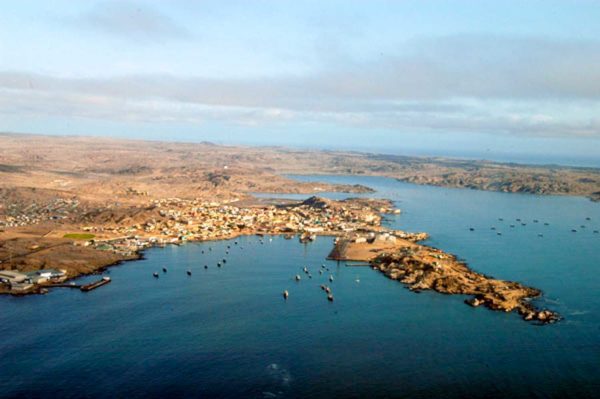
One such KL was located near the coastal town of Lüderitz in southern Namibia. It was known (and still is) as Shark Island (Today, it is a peninsula jutting out into the Atlantic Ocean.) It was the colony’s biggest and by far, most feared camp. It was surrounded by barbed wired and guarded around the clock by the Schutztruppe. Shark Island is recognized as the first camp organized for extermination rather than containment. The survivors of the massacres (mainly women and children) were herded into the camps for the purpose of becoming slave labor. Each prisoner was classified as fit or unfit for work. Pre-printed death certificates were issued with cause of death as “death by exhaustion.” It was the prologue to the Nazis’ “death through work” decree.
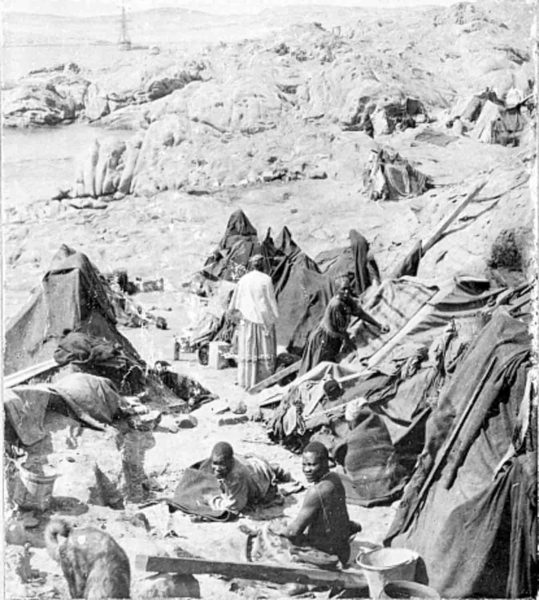
Prisoners on Shark Island were sent to work for private companies working on the island’s infrastructure such as railroads, building the harbor, and using explosives to flatten the island. By late 1906, up to eight workers died every day.
If one didn’t die because of work, they succumbed to starvation, disease, and malnutrition. Food was scarce and any food was uncooked. The sick were never administered to by any medical personnel. Those who worked endured extremely harsh treatment including beatings, whippings, being shot, and hanging. The camp was bitterly cold due to its proximity to the Atlantic Ocean. (It was located at the end of the barren island, flanked by the ocean and desert, where its inhabitants endured maximum exposure to the elements including strong winds.)
Medical Experiments
One of the camp’s infamous functions was to perform experiments on the prisoners for the purpose of medical research. Experiments were performed on live patients by Dr. Bofinger. He injected ill victims with various substances (e.g., arsenic and opium) and after they were killed, Bofinger performed autopsies to see how their illnesses reacted. In one year alone, 778 “autopsies” were performed by the medical staff.
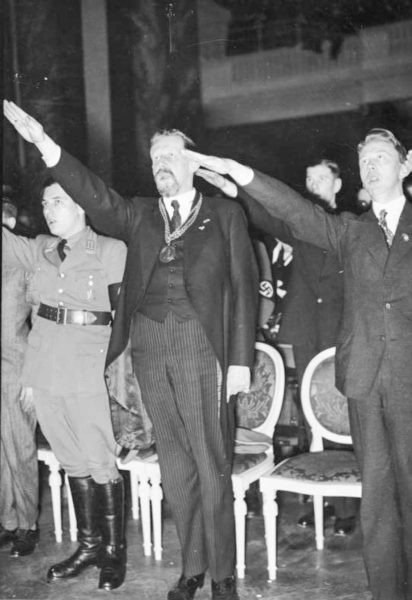
Shark Island became one of the first laboratories where theories of race supremacy were researched. Eugen Fischer (1874−1967) came to camp after advocating genocide of the Africans whom he deemed to be an “inferior race.” He subjected the prisoners to sterilization, injections of smallpox, typhus, and tuberculosis. He took children and performed racial tests such as measurements of their heads and bodies along with eye and hair examinations. He concluded mixed-race children were inferior. (Hitler used this conclusion as a basis for prohibiting interracial marriage.) Fischer’s work influenced Hitler to approve the eugenics programs developed by the Nazis. Fischer eventually became chancellor of the University of Berlin where he taught medicine to students such as Josef Mengele.
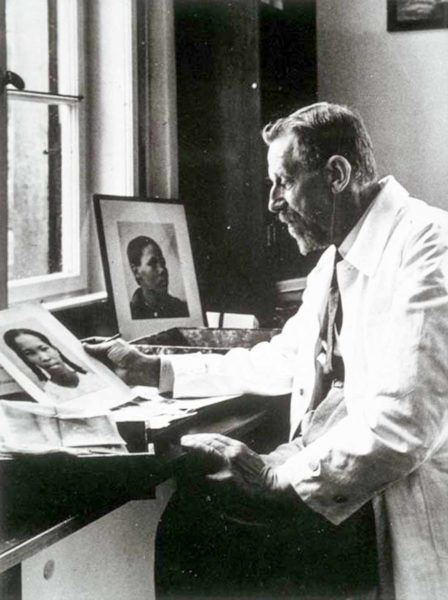
One of Fischer’s “experiments” was to have prisoners beheaded so the skulls could be sent back to Germany for further research into racial inferiority. Women prisoners were required to clean the heads and then boil them. More than three thousand skulls were shipped off to German universities for experimentation.
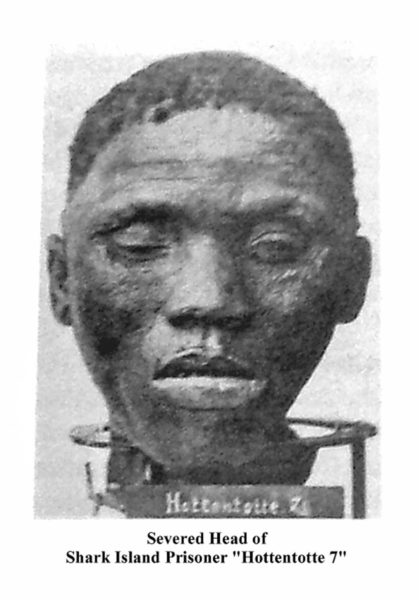
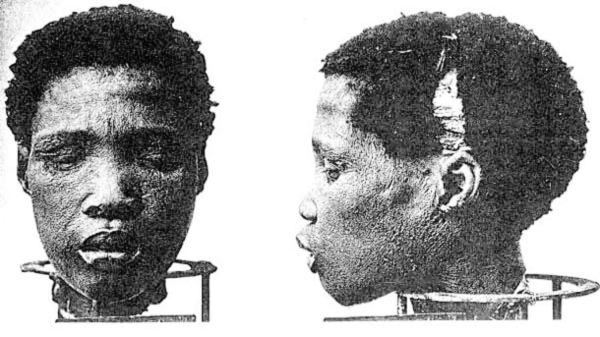
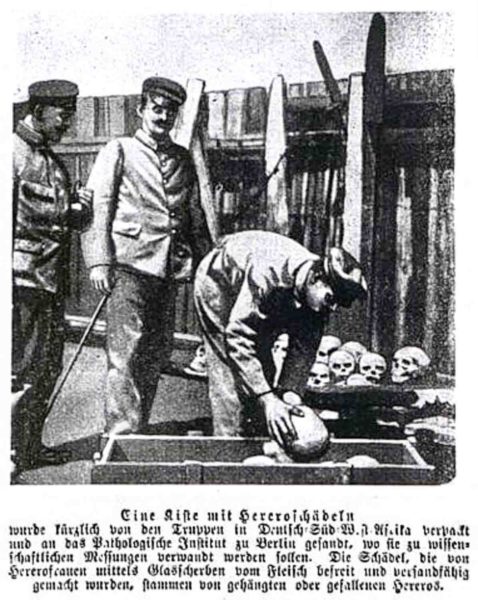
Aftermath
By 1908, Kaiser Wilhelm II and his army had all but destroyed the Herero nation and the other tribes. Socially, culturally, economically, and physically, the tribes were decimated. The total death toll is difficult to determine. Estimates include eighty-five percent of all Herero men, women, and children had been murdered (85,000) while fifty percent of the Nama people were killed (10,000).
When the camps closed in 1907, the survivors were sent out to local German settlers as laborers. Unfortunately, the racial hatred and reprisals did not end for the Africans.
After 1912, all Africans over the age of seven-years of age in German colonies were required to wear a token, a “pass-mark,” around their necks as a sign of their inferior status and banned from owning property. The uniforms of the first Nazi paramilitary organization, Sturmabteilung (SA), were surplus Schutztruppe outfits. These were sandy brown and after the Nazis adopted them, the SA became known as the “Brownshirts.”
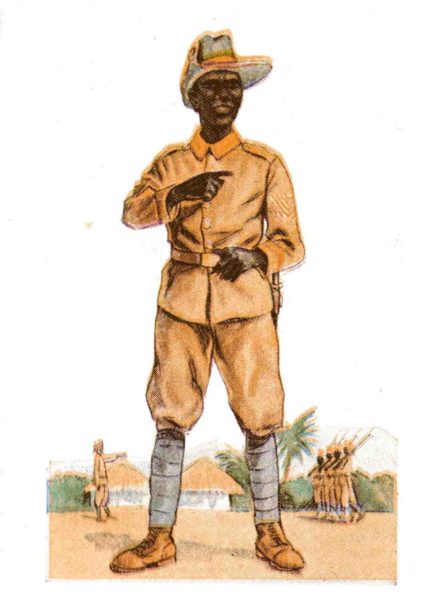
As part of the 1919 Treaty of Versailles, Germany lost all of its colonial possessions. The former German colonies became League of Nation Mandates and were assigned to various Allied countries. German South-West Africa went to South Africa.
Today, Shark Island is a campground. Over time, memorials were erected to the German soldiers and German colonists. Few memorials were established for the victims.
Click here to watch Germany’s Forgotten Genocide in Namibia.
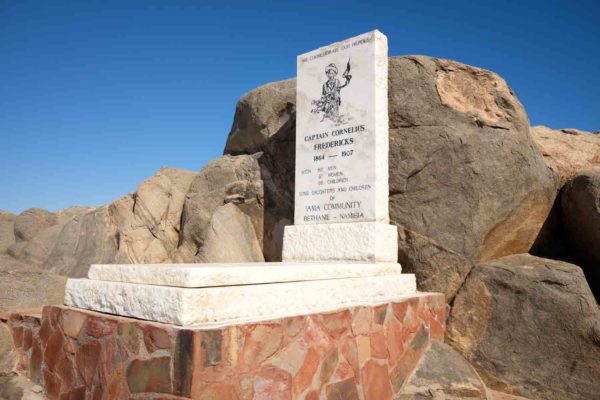

★ ★ ★ Learn More About Hitler’s Blueprint ★ ★ ★
Apple, Sam. Ravenous: Otto Warburg, The Nazis, and the Search for the Cancer-Diet Connection. New York: Liveright (W.W. Norton & Company), 2021.
Erichsen, Casper and David Olusaga. The Kaiser’s Holocaust: Germany’s Forgotten Genocide. London: Faber & Faber, 2011.
Sarkin, Jeremy. Germany’s Genocide of the Herero: Why Kaiser Wilhelm II Gave the Order. U.K.: James Currey (imprint of Boydell & Brewer), 2011.
Shirer, William L. The Rise and Fall of the Third Reich. New York: Simon and Schuster, 1960.
Disclaimer:
There may be a chance that after we publish this particular blog, the video links associated with the blog are no longer accessible. We have no control over this. Many times, whoever posts the video has done so without the consent of the video’s owner. In some cases, it is likely that the content is deemed unsuitable by YouTube. We apologize if you have tried to access the link and you don’t get the expected results.
What’s New With Sandy and Stew?
We are just back from Montana having spent seven days north of Flathead Lake. Jason moved his family from Southern California to Montana. All of our children and their families were able to get together for days on the lake, the golf course, and some fly fishing. It is not too often that we can get six grandchildren all in one place for a photo-op.
Thank you to all of you who subscribe to our bi-weekly blogs. It seems there isn’t a day that goes by where we don’t increase our readership. Please let your history buff friends and family members know about our blog site and blogs.
Someone Is Commenting On Our Blogs
It was nice to hear from Geneviève M. concerning our blog, The Wrens (click here to read). Geneviève is an author of a book on women in the Royal Air Force and is in the process of writing a book on the Wrens. In addition to her kind comments about the blogs, Geneviève requested permission to download several of the images we used in the blog. Sandy and I were very happy to assist her, and we hope the image resolutions will work for her upcoming book.
If there is a topic you’d like to see a blog written about, please don’t hesitate to contact me. I love hearing from you so keep those comments coming.
Why Would You Want to Buy Our Walking Through History Books?
Simple.
You like to travel and experience history and historical events. You like to see original buildings that had a significant impact on the people and events of the history you’re engaged with. You want to know the stories behind the brick and mortar in front of you.
The walking tour books are meticulously researched so you can go directly to those sites and learn about the building’s history as well as an introduction to some of the more interesting people associated with it.
We Need Your Help
Please tell your friends about our blog site and encourage them to visit and subscribe. Sandy and I are trying to increase our audience and we need your help through your friends and social media followers.
Thank You
Sandy and I appreciate you visiting with us. We have some exciting things on the horizon, and we’ll keep you updated as we go along.
Share This:
Follow Stew:
Find Stew’s books on Amazon and iBooks.
Please note that we do not and will not take compensation from individuals or companies mentioned or promoted in the blogs.
 Walks Through History
Walks Through History
Copyright © 2021 Stew Ross

